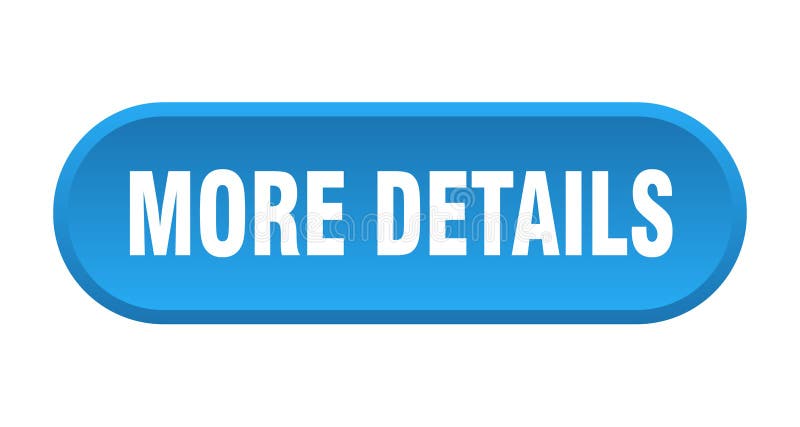

The ‘read more’ button is usually presented as a button, icon, arrow, or hyperlink. The read more button is also used in emails as shown in the following image: When this button is used in this way, it is referred to as an accordion. It is used on FAQ pages where only part of the answer is shown and the reader needs to click ‘read more’ in order to see the rest of the answer or in search engine results where only part of the meta description is shown. It is also used to toggle between showing and hiding content, for example when a site hides content and wants you to subscribe in order to read the rest. The button is versatile and has many uses, for example, it can be used to truncate content so that only a part is displayed. The ‘read more ‘ button comes in handy for every webmaster. Results in a more visually appealing site The impact of a ‘read more’ button on SEO
#More info button how to
How to add ‘read more’ buttons in WordPress Moving extra cash into savings has worked well for me, and it's a technique I would highly recommend.What are Ready More Buttons and Why Are They Useful? That way, I have to really think about whether withdrawing from savings is worth it.įor each of these three reasons, I will never keep more than is necessary in checking. I prefer it to be in a savings account so I would need to manually go in and transfer the funds to checking before I can spend it. All of this makes it easy to spend the money in the checking account - which is kind of the point, since this is where I keep the funds allocated to bill paying and routine spending.īut I do not want my savings to be super easy to access because then I might be tempted to spend the money on other things. I have a debit card that I can use to access cash, and I have checks that I can write to pay for things. I don't want to make it too easy to spend moneyįinally, money in my checking account is very easily accessible. I don't have to try to figure out where each dollar is supposed to go. With these separate accounts, I can keep tabs on exactly where my money is, how much I have saved and invested, and whether I am going to hit my savings targets on schedule. I also have separate savings accounts for a vacation fund to cover college for my kids to pay for home repairs to prepare for emergencies and to pay for big purchases. I have a retirement account, for example, and it provides tax breaks for investing. To make sure I am on track for my goals, and to help me stay motivated, I have opened up dedicated savings accounts for different things I'm working toward. It would be too hard to figure out what money is allocated to covering routine living costs and what is being saved for bigger purchases or important financial objectives. Since my checking account is the place where I keep money to pay the bills, I don't want to keep my savings there. I want dedicated accounts for each financial goal I can move some of my cash over into a high-yield savings account where there is no risk of loss and which is FDIC insured (like my checking account) but produces a better return on investment. Since I'm not earning anything on cash I keep in my checking account, it doesn't make sense to keep a lot of money in there. Instead, it is a repository for my money that I use to pay bills. My checking account does not pay me any interest because it was not designed to be an investment that produces a return. I prefer high-yield savings that provide better returns Instead, there are three other key reasons why I've opted not to keep a lot of cash in this account. My checking account balance isn't small because I'm broke. But my checking account doesn't have a lot of cash in it - just a small sum necessary to avoid the risk of overdrafting and to make sure my bills are paid. Like most people, I have a checking account that I get my paychecks deposited into as I earn money.
Check out The Ascent's picks for best high yield savings accounts


 0 kommentar(er)
0 kommentar(er)
